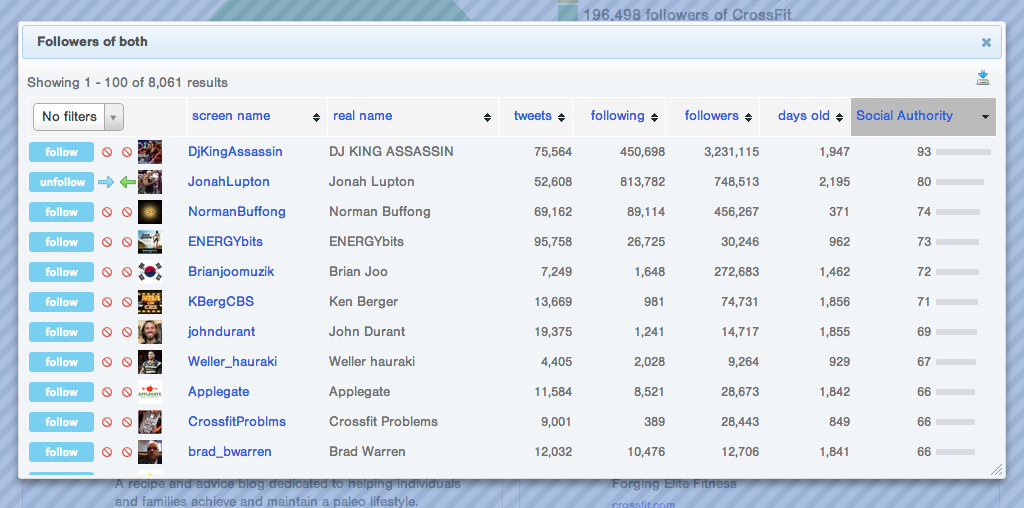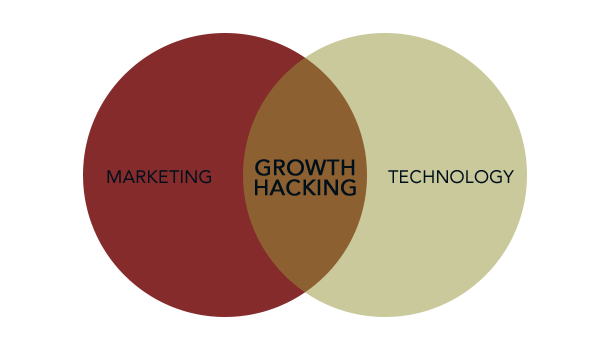You’ll never succeed in marketing if you continue to embrace the past without looking forward to the future. In essence, you need to constantly look where you think the puck is going instead of sitting back and hoping the puck will come to you.
The good news is that keeping up with the trends and future of marketing is becoming easier and easier. Sure, it’s happening more rapidly but the connectivity of brains from around the world and the mass distribution of thought is making it easier to stay ahead of the curve. It’s definitely no easy task to identify what trends are going to shape the future of business but it’s definitely a lot of fun.
Over the last few years, the entire sales and marketing process for B2B and enterprise organizations has shifted. These companies are no longer armed with information that is hidden from the public and sales teams are no longer in the driver seat. Leads and prospects now hold the power as information is more readily available and the increase in competition has resulted in a plentiful supply of choice. Beyond that, technology has completed disrupted the once linear buying process and behaviour of B2B customers and has forced marketers to become more strategic and efficient in their approach.
In fact, I put together a Slideshare presentation that highlights some of my predictions:
Let’s go deeper.
Social Data Starts To Drive Conversion
One of the most powerful channels in B2B is found in the professional social network, LinkedIn. In a leaked report published on Business Insider, LinkedIn highlights it’s plans to build a $1 billion B2B marketing business by 2017. The plan is something that every B2B marketer should read and a forward thinking plan that highlights the predicted role that social data will play in B2B marketing and sales moving forward.
Every hour, every day, every week, the amount of data being distributed and created on social media channels is growing. Whether we’re talking about the data associated with our existing relationships or data that highlights organizational trends, the future of business will be built on this data.
Relationship data companies like Introhive and RelateIQ have already started to unlock the power of relationship data for sales teams, it’s time for relationship data to arm the marketing departments with insights that drive results.
Imagine for a second that your connections list on LinkedIn is a CRM system.
UPDATE APRIL 2017: This prediction was from 2014 — It’s now a reality.
Imagine that you have the ability to tag someone on LinkedIn as a potential prospect and automate outreach and conversations with these individuals over the course of three to six months. For example, you can create your own system that automatically sends out personalized “Congrats On The New Job” when a user changes their position on LinkedIn and are able to test the different automated messages to see which works best.
To take things a bit further, imagine you’re able to compile a significant amount of employees if you’re the admin of your company page. The insights you’re able to pull from this company page includes trends in what companies are adding your employees to LinkedIn and how many of your employees are actually leveraging LinkedIn to communicate potential prospects. On top of that, the company page shares broad yet actionable data surrounding the types of prospects that have looked at your company page in the last 365 days.
All of this data ultimately arms managers and executives with the ability to better understand their workforce and develop strategies that will drive conversion. Furthermore, insights into what types of organizations are viewing your profile give you the ability to be more strategic in advertising. Layer in the ability to automate messages to these users when they visit your company page and you’re instantly presented with a quality opportunity to turn strangers into customers.
Personalized Tracking Hits The Real World
Imagine you’re walking down the street and you see a digital billboard for the pair of shoes you’ve been looking at online. Imagine that the website you were visiting has the ability to track you in the real world because you happened to visit it using your mobile phone which is now traceable.
Now let’s imagine that you’re walking into a conference and upon your arrival, you see a welcome sign from one of one of the brands competing for your business. And yes, it doesn’t just say Welcome To The Conference, it says your name at the end of the sentence.
This is what the future of personalized tracking could look like.
As a consumer, you might be thinking this is going to be invasive and creepy. As a brand or marketer, you need to think of the possibilities that this could open up for new touch points and new areas of conversion. In the future, the way we browse the web will be similar to the way in which we browse the world. The personalized experience we have online when we leave one website to the next will be replicated in the real world and shift from solely being a B2C opportunity to being an important driver of B2B success.
Big Data Starts Driving Meaningful Intelligence
Today, one of the biggest challenges associated with big data is the marketing teams ability to assess and determine what information is worthwhile. A study from eMarketer.com found that 71% of marketers were interested in adding predictive analytics around the lifetime value of customers to their customer data profile – figuring out who would be their best customers moving forward and possibly even how to attract more of these customers.
The most innovative and forward thinking companies are already using big data to learn about their customers and use this information to drive results. The majority of these organizations consists of SaaS products, social networks, mobile apps and other forms of software. The fact that these organizations are built on innovative technology makes it an easier sell and a more logical decision to capitalize on big data. That said, all B2B organizations can benefit from the power of Big Data when their plan is implemented correctly.
For example, a HR firm could quickly leverage insights around their existing clients and the strength and weaknesses in their recruitment tactics. Big Data can uncover insights like what channels do the best recruits come from, what types of emails tend to perform better during the first contact or what type of clients tend to be the better fit for this firm. All of these insights will be captured by implementing the right technologies and. help companies ranging from Human Resources to Industrial Relations unlock insights about their organizations that they never seen before.
As another example, a warehouse or yard management company can leverage Big Data to monitor the movement and storage of trailers and shipments in the yard area outside of warehouses. The insights gained can then be used to regulate and streamline operations in order to improve efficiency of loading and unloading times.
Growth Hacking Goes From B2C to B2B
Many B2B marketing teams are still thinking about B2B marketing as a linear process between inspiration and acquisition. In reality, the process for converting a B2B lead into a customer is becoming more and more challenging as time goes on. The emergence of companies like DropBox and Yammer has resulted in blurred lines between products that solely serve B2B and those that serve the B2C market. As a result, organizations of all shapes and sizes must be aware of the challenges and opportunities that exist in a word where brands are more connected and consumers are more empowered.
Enter the world of Growth Hacking. If you’re unfamiliar with Growth Hacking, it’s a term coined by Sean Ellis of GrowthHackers.com who defines it as being a person whose true north is growth. Sure, traditional marketers and marketing teams have always considered growth as one of their pillars of attention but a Growth Hacker has one singular goal.The true power of a growth hacker is found in their obsessive focus on growth. Presenting the opportunity to ignore almost everything else, these individuals can achieve the one task that matters most.
Hubspot, one of the leaders in Marketing Automation generates a staggering 1 million visitors and over 60,000 leads through their website every single month. The team at Hubspot has been able to attract this massive growth through a combination of free tools and content marketing. Growth hackers are individuals who look for opportunities like tool development and content marketing and use them to help organizations succeed.
In the future, growth hackers will be an integral part of the B2B landscape as they also play a role in helping organization create an optimized sales funnel. For example, when a customer signs up for your product, how do you ensure word of mouth? If you’re like most B2B professionals, you simply ask your new customer to keep you in mind and get down on your knees and pray that they actually send leads your way. Everyone knows that referrals are the most important and most effective driver of new business. A growth hacker also understands this but has the skillset to craft more effective and efficient referral programs for your organization and company.
(Photo via Brian Neudorff)



